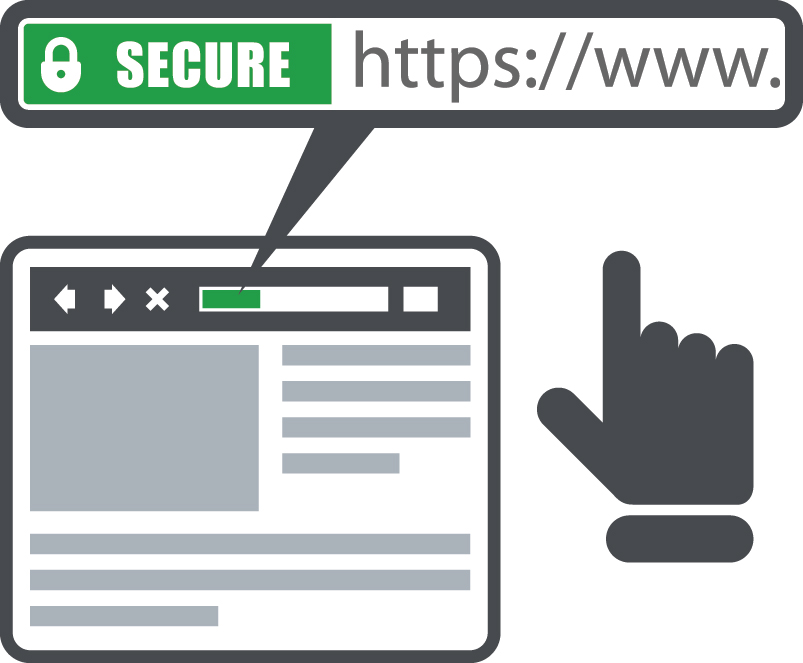Google has announced a major change in the way it will display the web pages to the search engine. Websites that do not have an SSL security certificate will mark them as “not secured”. This will have a deterrent effect for users to access this site as well as rank it much lower in search. Browsers will also mark unencrypted web pages as unsafe, displaying a red “X” over a padlock in the URL bar.
What is an SSL security certificate?
 The SSL security certificate is an electronic document that verifies your business identity and allows a web server to enable secure encryption in the visitor’s web browser.
The SSL security certificate is an electronic document that verifies your business identity and allows a web server to enable secure encryption in the visitor’s web browser.
The SSL security certificate encrypts data that is transferred between a web browser and a web server. Data encryption is very important especially when you are conducting a financial transaction online, and you need to enter your customers’ personal information. To protect your customer information, you can use a technology called “SSL” (secure host level). SSL-protected web addresses start with https: and not http:. For this reason, SSL is also referred to as “HTTPS.”
Using SSL provides more security and privacy than an unencrypted web connection. It reduces the risk of third party modification and abuse. Many site visitors share more comfortable payment and personal information when they know they are using an SSL connection.
Most browsers display a padlock icon when an SSL connection is activated.
Many sites only use SSL on specific pages where sensitive information is transmitted, such as passwords or credit card numbers. The safest sites use SSL on all their websites.


